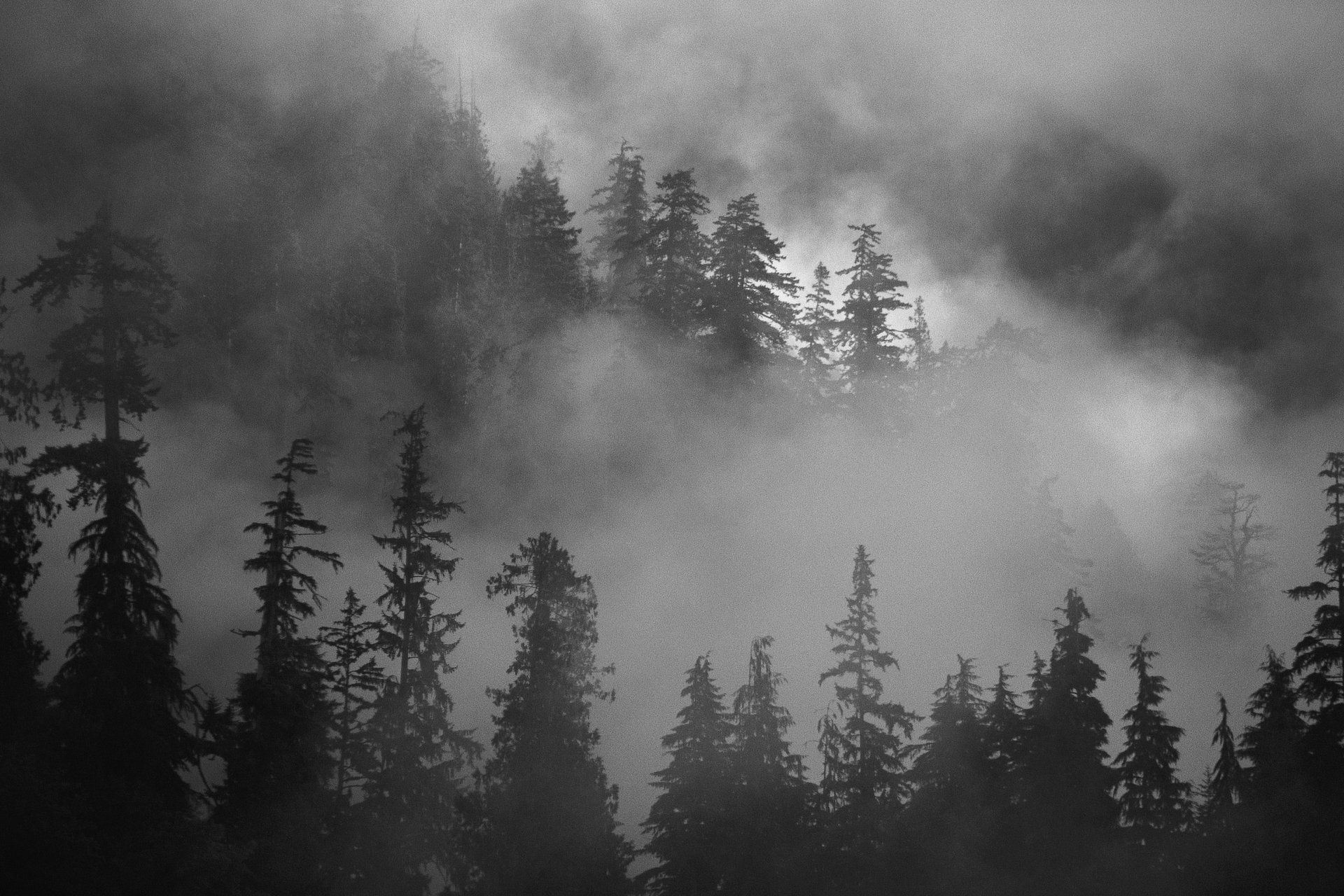

The Mariames
Cabeza de Vaca lived among another group, the Mariames, for some 18 months (although not by choice). The Mariames followed a hunting and gathering strategy based on the exploitation of contrasting sets of resources found in two geographically separated terrains.
For the greater part of the year, they lived in the lower Guadalupe River valley, hunting along the coastal plain, gathering pecans along the river, and other resources. Both deer and bison were among their prey, according to the Spaniard's account. One "hunting" method he witnessed involved setting fire to the prairie grasslands and chasing fleeing deer into the bays and forcing them to swim until they became exhausted and drowned. Not very "sporting" as we would see it, but hunting wasn't a sport, it was life or death.
In the summer, the Mariames moved dozens of miles inland to the west to the prickly pear fields, where they stayed for months to harvest ripe tunas. While there they gathered land snails to supplement their diet, a meager caloric addition at best. But rats, rabbits, and snakes would have been on the menu as well. In the hot, dry summer months, they squeezed tuna juice into holes in the ground and used it as an earth-flavored beverage. During their summer time at the tuna fields, the Mariames met with other groups, such as the Avavares, with whom they traded for items such as wooden bows for hunting.
Mariame encampments—rancherias—were described as a succession of small circular huts made of four bent poles covered with woven mats made of plant fiber. After the land's resources had been exhausted in one spot, these simple structures could be easily disassembled. The parts that were difficult to make (eg., the mats) were packed up and moved to the next camp. Cooking was done in small pits or on open hearths, but many foods were eaten raw, all organic, all natural.